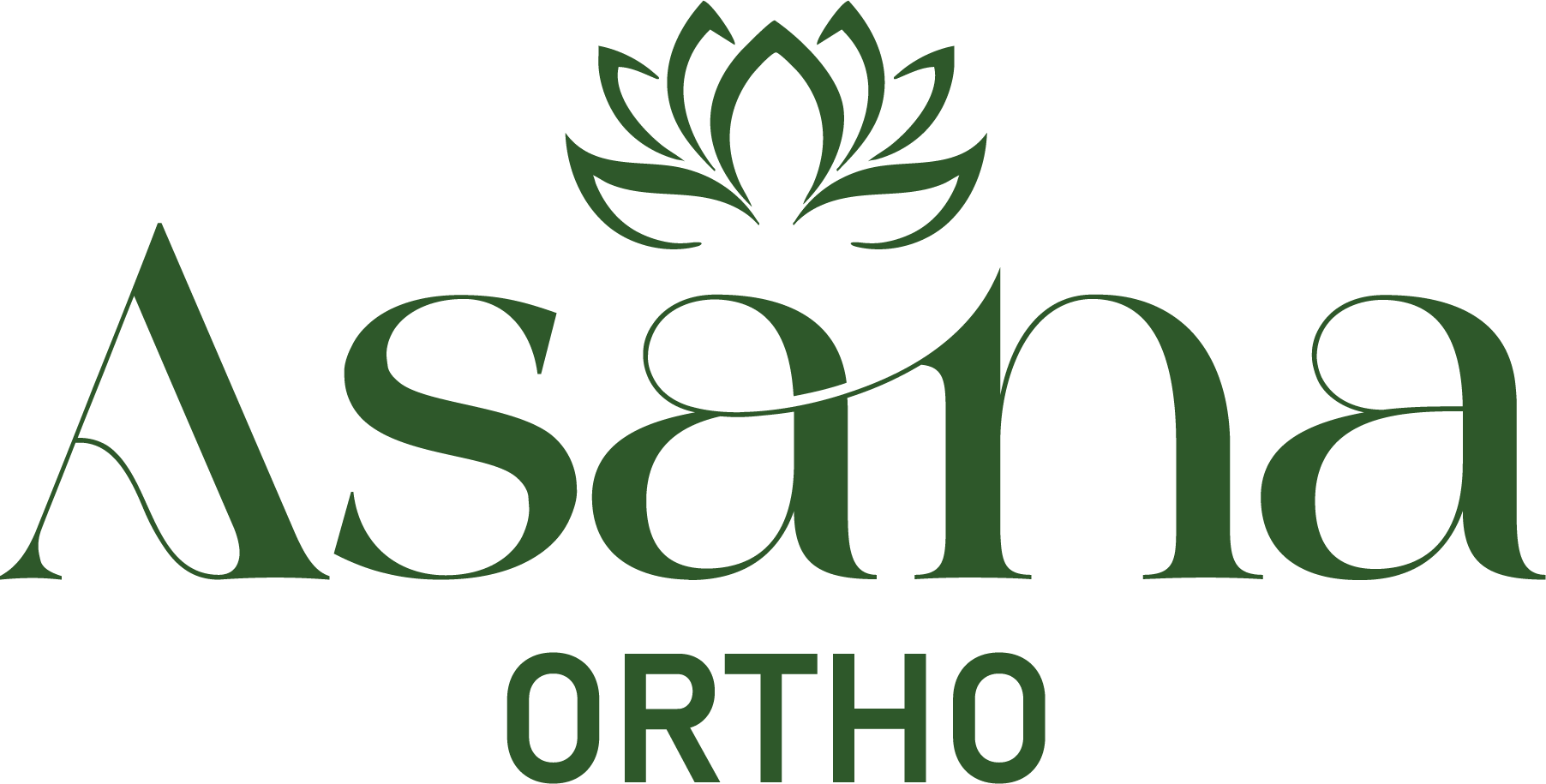
When most people think of orthodontics, they picture teenagers wearing braces. While adolescence is a common time for treatment, orthodontic care often begins earlier. The American Association of Orthodontists recommends children have their first orthodontic evaluation by age 7.
This early stage of care, often called “interceptive” or “Phase I” treatment, can make a meaningful difference in how a child’s teeth and jaws develop. By guiding growth early, orthodontists can help create a healthier foundation for a balanced, confident smile.
Early orthodontic treatment focuses on addressing bite and jaw problems while a child’s mouth is still growing. It doesn’t always involve braces—sometimes it includes simple appliances, guidance for tooth eruption, or even monitoring until the right time for full treatment.
The goal is to prevent small problems from becoming bigger ones and to support healthy development at a stage when changes are easier to make.
By age 7, most children have a mix of baby teeth and permanent teeth. This combination allows orthodontists to evaluate how the bite is coming together and whether space is available for incoming teeth.
At this stage, it’s possible to spot early signs of:
Catching these concerns early gives orthodontists the chance to guide development before permanent teeth are fully in place.
Early orthodontic care offers several advantages for children:
Early treatment doesn’t always mean braces. Depending on a child’s needs, orthodontists may recommend:
These tools are designed to be gentle, effective, and temporary—often setting the stage for shorter and simpler treatment as teens.
Not always. Many children who receive early treatment will still need braces or Invisalign in their teen years. However, early care often simplifies future treatment by:
Think of early orthodontic care as building the foundation of a house—it supports everything that comes after.
While every child is unique, parents may notice signs that suggest an orthodontic evaluation would be helpful:
If you notice any of these, it’s worth asking an orthodontist whether early treatment might benefit your child.
Sometimes, the best course of action after an early evaluation is simply to monitor a child’s growth. Regular check-ins allow orthodontists to keep an eye on development and begin treatment at just the right moment.
This proactive approach ensures that no time is wasted, and issues are addressed when they will have the most impact.
For many children, a smile is tied closely to self-esteem. If misalignment causes teasing, discomfort, or self-consciousness, early treatment can help restore confidence during formative years. By creating a straighter, healthier smile, kids can feel more comfortable expressing themselves socially and academically.
Early orthodontic treatment offers families the chance to be proactive about their child’s dental and overall well-being. By addressing issues while the jaw and teeth are still developing, orthodontists can make meaningful changes that benefit long-term health, function, and confidence.
Orthodontic care is most effective when it starts with the right foundation. At Asana Orthodontics in Albany, CA, Dr. Nourah Abdul Kader and Dr. Laurie Estes specialize in guiding children’s smiles with a mindful, yoga-inspired approach. Through early orthodontic treatment, expanders, or simple monitoring, our team helps kids grow into confident, balanced smiles.
Schedule a consultation today to learn how early orthodontic care can benefit your child’s health and happiness.

Braces vs. Invisalign in Albany, CA — Which is Right for You? Home Blog When it comes to achieving a straighter smile, patients today have more options than…
Braces vs. Invisalign in Albany, CA — Which is Right for You?…
The Benefits of Early Orthodontic Treatment for Kids Home Blog When most…
Yoga and Orthodontics — How Mindfulness Supports a Healthy Smile Home Blog…
How to Know If Your Teen Needs Braces or Invisalign Home Blog…
Palatal Expanders Explained — What Albany Parents Should Know Home Blog When…
Invisalign for Adults — Why It’s Never Too Late for a Confident…
